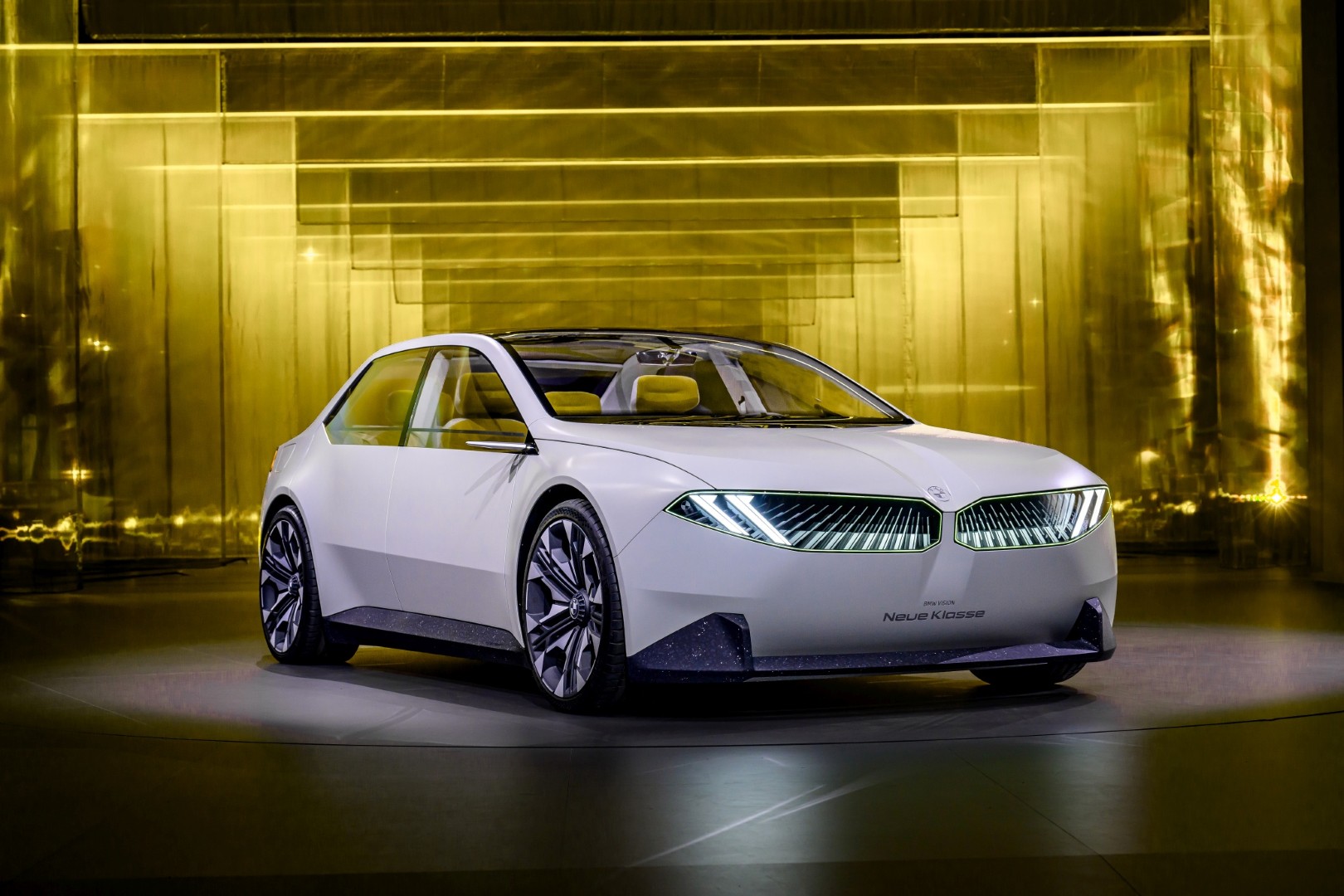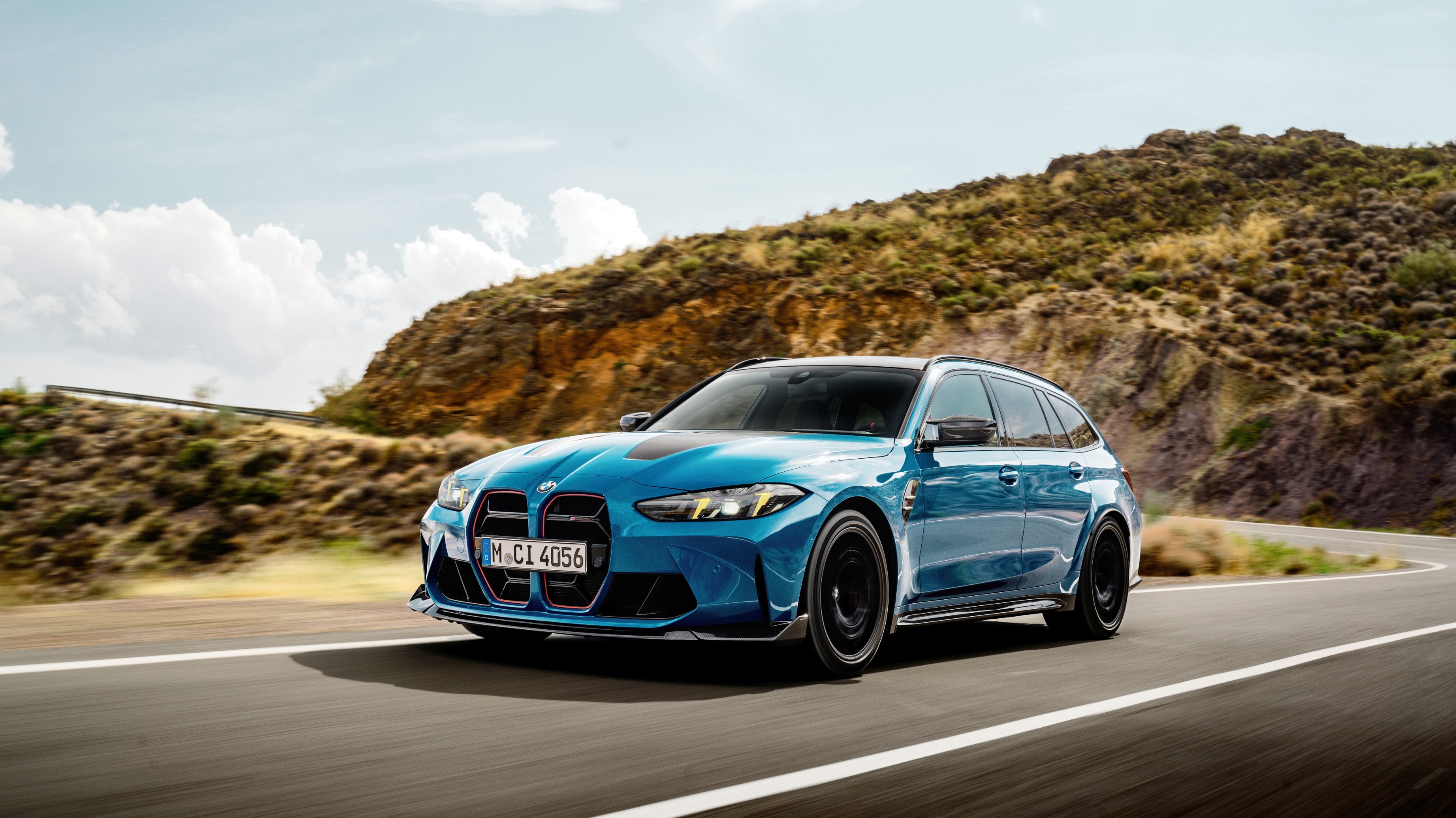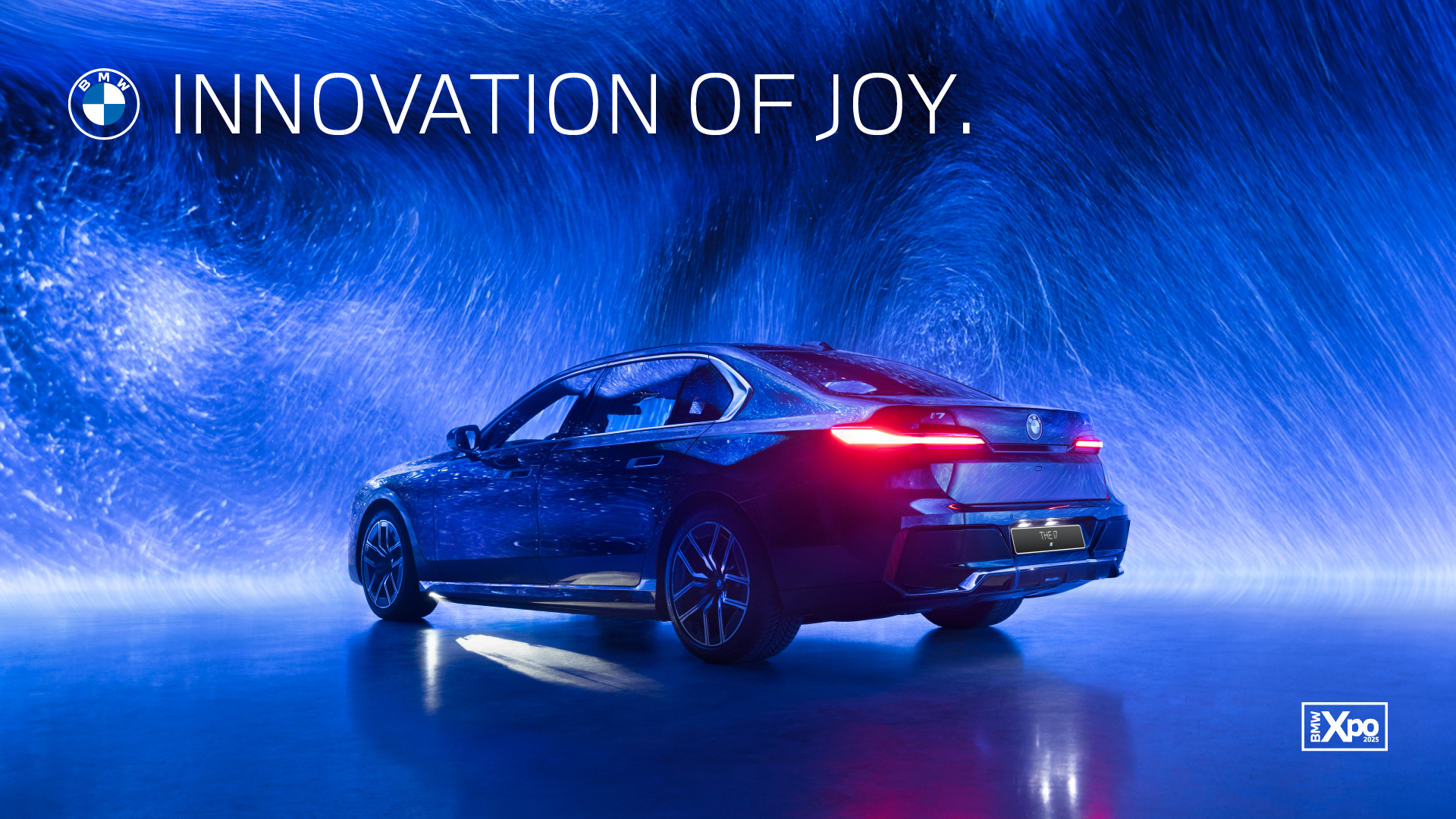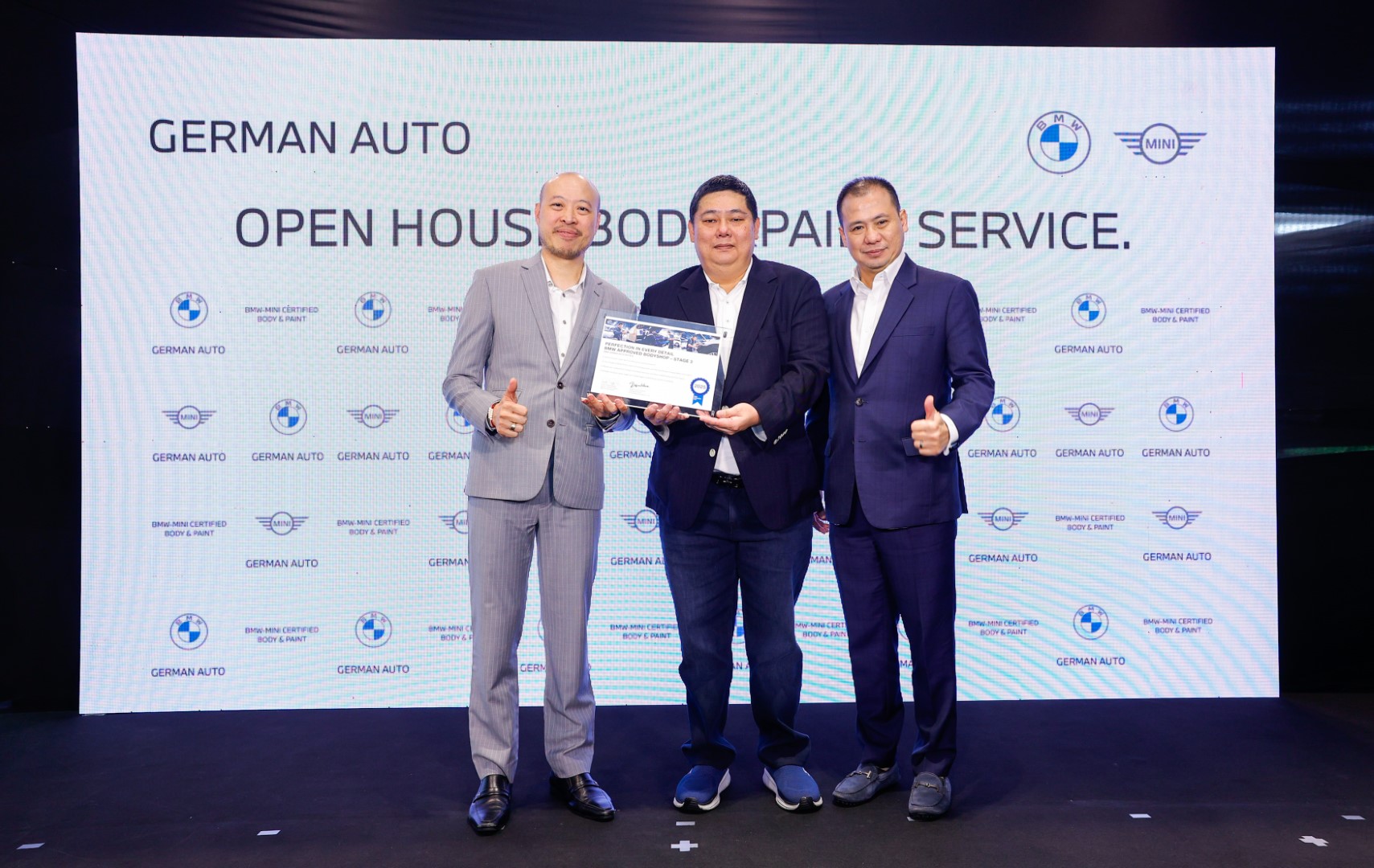In today’s world, government sectors, businesses, and consumers worldwide are placing a growing emphasis on sustainability and environmental consciousness. Moreover, the industrial sector is undergoing a significant transformation towards eco-friendly business models. The automotive industry, one of the world’s largest sectors, must also embrace these trends. Clean and modern automotive innovations, such as electric vehicles (EVs), will continue to evolve to meet drivers’ needs and align with the new era of development, which must prioritise minimal environmental impact.
Fully electric vehicles are still relatively new, and electric vehicle technology remains an unfamiliar experience for many drivers who harbour concerns about various aspects of EVs. In an effort to enhance the knowledge about the future of clean mobility, BMW Group Thailand shares fundamental knowledge about electrified vehicles and highlights the most exciting EV innovations. BMW Group Thailand also offers valuable tips for a hassle-free and efficient EV road trip to support the ongoing trends in future mobility.
1) Study basic information about your electric vehicle before driving
- It is crucial for every driver to comprehend the concept of electric vehicle range, which signifies the distance an electric vehicle can travel on a single charge. This understanding is vital when selecting the most suitable electric car for your needs. Nevertheless, the actual driving distance is contingent on various factors, including driving behaviour, road conditions, weather, and more. There are two widely recognised standards for assessing this range globally as well as in Thailand, which include:
- The NEDC (New European Driving Cycle) standard is a collaborative standard developed with European Union agencies to serve as a benchmark for testing the fuel consumption and emissions of automobiles in Europe. It involves testing under specific conditions within a controlled laboratory environment, simulating driving scenarios in both urban and rural settings. These controlled conditions include factors such as temperature, speed, and road surface conditions, among others.
- The WLTP standard (Worldwide Harmonised Light Vehicle Test Procedure) is a standardised testing method developed by the United Nations Economic Commission for Europe (UNECE) to assess the fuel consumption and emissions of automobiles. It has gained widespread acceptance in numerous countries worldwide for its accuracy and its ability to closely replicate real-world usage conditions. Since 2017, the WLTP standard has become the norm in Europe, supplanting the NEDC standard. WLTP testing encompasses a range of driving styles and conditions that closely resemble real-world usage, involving different speeds, acceleration rates, and factors such as air conditioning and other systems that impact energy consumption.
- Furthermore, electric vehicle owners should familiarise themselves with battery capacity, which denotes the maximum amount of energy that can be stored and extracted from the battery and determines how long it will last. It is important to note that the actual driving distance achievable by each model is influenced by other factors such as acceleration and driving habits. For example, driving at high speeds or accelerating aggressively can substantially decrease the vehicle’s range. This results in higher energy consumption from the high-voltage battery, ultimately leading to a reduced driving range for the electric car.
2) Understand the different types of electric vehicle charging
Mainly, there are two types of charging for electric vehicle:
1. Alternating Current (AC) charging
AC charging applies when using home-based electricity through an emergency charging cable that can be plugged into a household electrical outlet capable of supporting the required current or through a wall box (a specialised panel with a dedicated outlet designed for EV charging), which is currently the most affordable way to charge electric cars. EV owners can install a wall box at home to charge any model of electric car. This method is suitable for owners who have private residences where electric cars can be charged overnight since it requires a long charging time. The time required for charging varies depending on both the charger’s capacity to supply current and the car’s ability to receive electricity. BMW electric cars, such as the BMW i7 and BMW iX, can accept up to 22 kW of AC charging current.
2. Direct Current (DC) charging
This method is employed at charging stations located in shopping malls, petrol stations, or electric vehicle charging stations that require direct current electricity. Typically, DC chargers provide fast charging, and BMW and MINI electric cars have the capability to support DC charging with currents that span from 50 kW to 250 kW, including models like the BMW i4, iX, and i7.
3) Get your home electrical system ready for EV charging
- If drivers intend to charge their electric vehicle at home, experts typically advise using a 30-amp meter to prevent problems stemming from power outages or surges. Both single-phase and three-phase systems can be utilised, although electric vehicle owners should consider installing a wall box to reduce the charging time. EV owners can assess the existing power supply and initiate a request for an upgrade by getting in touch with their local electricity authority.
4) The ultimate guide for stress-free road trips with an EV
- Planning an electric car journey may involve some additional steps to ensure a hassle-free experience. It is crucial to plan in advance. Once the destination is decided, map out the route and conduct research using applications on smart phones to identify available charging stations. However, if drivers are uncertain about their destination, they can plan for the maximum distance. When there are approximately 100-150 kilometres of total electric power remaining, drivers should begin searching for a charging station, as chargers may sometimes be unavailable or fully booked.
- Drivers can also make use of various apps like My BMW, EVOLT, and EleXa to find electric vehicle charging stations. Each app may have a unique method for reserving a charger. These apps can also help calculate the remaining distance before reaching the station. Payment fees for charging can be conveniently settled using credit cards or digital wallets.
BMW Group Thailand, a leader in the premium electric vehicle market, remains committed to promoting the adoption of electric vehicles. Currently, all three brands offer electric vehicles for purchase, including the BMW iX3, BMW iX, BMW i4, BMW i7, and MINI Cooper SE. Additionally, BMW Motorrad offers electric scooters like the CE04. These vehicles not only deliver excellence in driving performance and cutting-edge technology but also provide customers with peace of mind through the BMW/MINI Service Inclusive Standard and Ultimate maintenance packages. These packages include 4-year and 6-year maintenance and warranty packages with unlimited mileage, along with an 8-year/160,000 km warranty for the high-voltage battery.
These essential techniques help reduce driver stress and boost confidence behind the wheel, making long journeys with an electric vehicle more enjoyable. They also contribute to increasing familiarity of fully electric vehicles, paving the way for sustainable mobility in line with BMW’s vision of ‘Neue Klasse.’ This vision guides future automotive innovations based on three core principles:
Electrification (embracing electric vehicles), Digitalisation (leveraging digital technology to enhance the driving experience), and Circularity (maximising resource efficiency to effectively reduce carbon dioxide emissions). BMW Group has embodied these concepts in the ‘BMW Vision Neue Klasse’ concept car, introducing a fresh design philosophy centered around simplicity while retaining the iconic BMW identity, including the signature kidney grille and BMW iDrive technology. With the capability to seamlessly bridge the virtual and real worlds and its commitment to sustainability through the use of renewable materials and a 100% electric drive system, this prototype car is poised to be the linchpin ushering BMW cars into a new era of ‘Sheer Driving Pleasure,’ commencing in 2025.
Additional photos

















